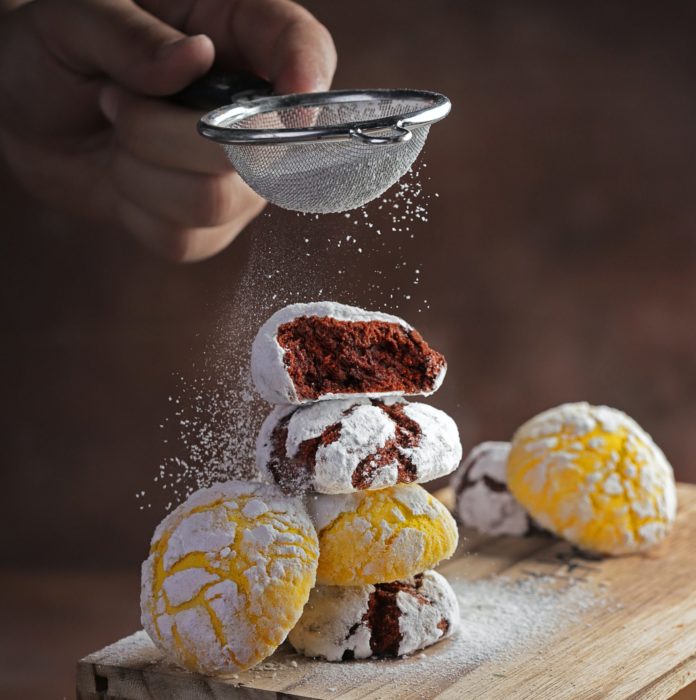Want to know how to use different types of sugar in baking? Well, you are in for a treat (pun intended).
Sugar isn’t there to just make pastries and desserts sweet. It also enhances flavors, traps moisture, stabilizes other ingredients, and much more. But not every type of sugar will work the same for everything you bake. Sure, you can substitute white for brown sugar when in need, but don’t expect your cake to taste the same.
White Granulated Sugar
This is the sugar we all know and like. It will serve your needs well regardless of the type of dessert or pastry you are making. Whether you are making muffins, cookies, or banana bread, you can’t go wrong with white granulated sugar. You can also use it in jams, to make caramel, and much more.
Castor Sugar
Castor sugar is the same as white granulated sugar but with one significant difference: texture. Castor is often called “superfine sugar” due to its smaller crystals. It is best used for whipped cream and syrup, as it dissolves faster. However, professional pastry chefs prefer to use castor whenever they can.
Powdered Sugar
Powdered sugar AKA Confectioners sugar, is basically white sugar grounded to powder. It is best used for icings and frostings as well as decoration.
Brown Sugar
White sugar is the final product of the sugar refining process that removes molasses from the sugar completely. However, some level of molasses can be kept (or added later), resulting in brown sugar.
There is light and dark brown sugar, depending on the amount of molasses. Its main characteristic is caramel flavor and it adds to the chewiness of baked goods. This is why brown sugar works best with cookies.






